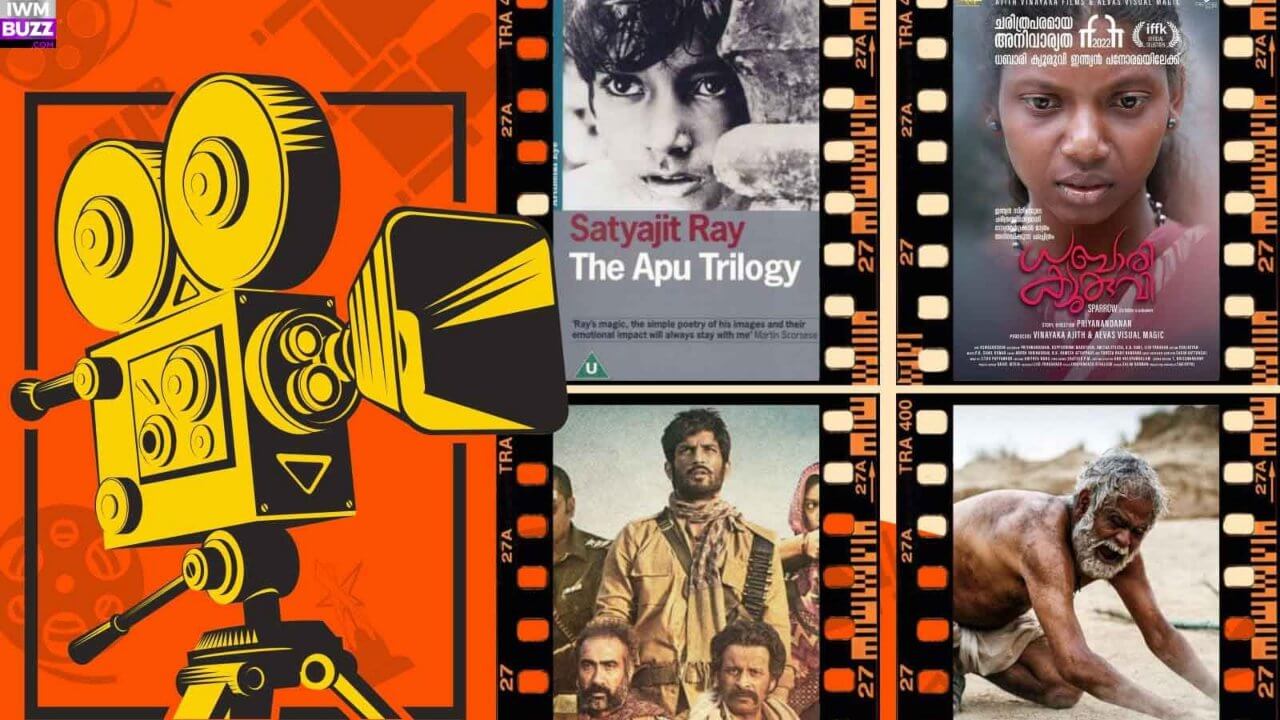Embarking on a cinematic voyage that entwines Indigenous representation with the colourful threads of Indian cinema is like unearthing a treasure trove of narratives that sparkle with cultural authenticity. Imagine diving into a movie world where vibrant characters from tribal landscapes burst forth, not just as celluloid figures but as vessels of heritage and societal reflection.
Indigenous communities, custodians of rich traditions and narratives, have found their stories woven into the fabric of cinema, reflecting their struggles, triumphs, and unique way of life.
The struggle stories
From the pre-colonial era to today, these communities have faced dispossession of ancestral lands, marginalization, and loss of cultural identity due to colonial policies, land encroachments, and forced assimilation efforts. The British colonial administration often exploited indigenous resources while subjecting these communities to exploitative labour practices, exacerbating their vulnerability. Post-independence, despite constitutional provisions and legal safeguards, indigenous groups continue to endure systemic neglect, limited access to education and healthcare, and unequal economic opportunities. Their struggles for land rights, self-governance, and cultural preservation persist in the face of modern development projects that frequently disrupt their traditional ways of life. The adroit challenges confronting indigenous people in India underscore the urgency for comprehensive policy interventions and social reforms to rectify historical injustices and ensure a more equitable future.
In the ever-evolving realm of Indian cinema, the pursuit of indigenous representation continues to gain momentum, echoing the overarching need for stories that honour the identities and experiences of these communities. Through these cinematic affairs, audiences are invited to journey alongside indigenous characters, bridging the gap between cultures and nurturing a deeper understanding of the human experience. Just as each thread contributes to the richness of fabric, these films embroider the cinematic canvas with stories that deserve to be heard, celebrated, and cherished.
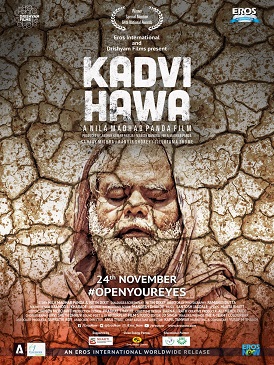
One such poignant creation is “Kadvi Hawa” (2017), directed by Nila Madhab Panda. Set against the backdrop of rural India, the film portrays the dire consequences of climate change on indigenous communities, deftly weaving the intimate stories of a debt-ridden farmer and a blind old man. Through their narratives, the film paints a stark and powerful portrait of the interplay between human lives and nature’s fury.
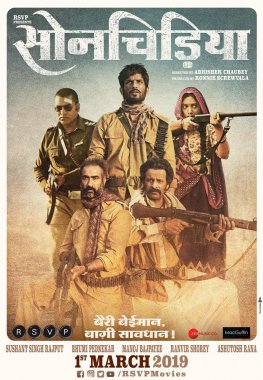
“Sonchiriya” (2019), directed by Abhishek Chaubey, gallops into the arid heartland of Chambal, offering an unflinching glimpse into the lives of dacoits from indigenous communities. Set during the 1970s, the film encapsulates the violent struggle for survival, intertwined with the intricacies of caste dynamics and moral dilemmas. With its rugged terrain and morally complex characters, “Sonchiriya” stands as a testament to the depth and diversity of indigenous narratives within Indian cinema.

Stepping back in time, we find the timeless masterpiece that is the “Apu Trilogy,” directed by Satyajit Ray. Comprising “Pather Panchali” (1955), “Aparajito” (1956), and “Apur Sansar” (1959), this trilogy beautifully captures the life of Apu, a young boy growing up in rural Bengal. With a delicate touch, Ray brings forth the joys, sorrows, and aspirations of indigenous communities, painting an evocative portrait of their struggles against poverty, tradition, and the inexorable passage of time.
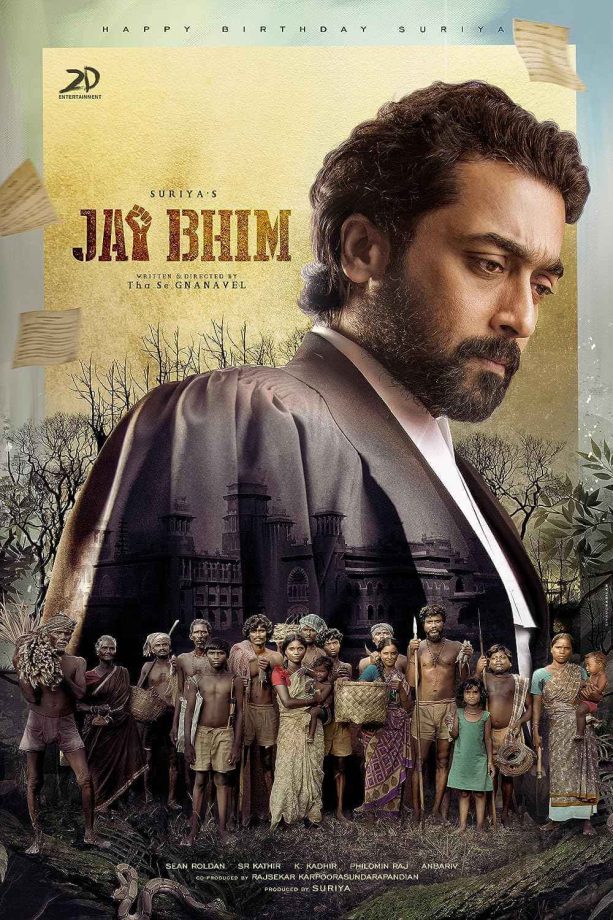
More recently, “Jai Bhim” (2021), directed by Adivi Sesh, salutes the spirit of Dr B. R. Ambedkar and his relentless efforts to uplift indigenous communities from the clutches of social discrimination. The film dives into Ambedkar’s tumultuous journey, meticulously depicting his battles for equality and justice. Through this biographical exploration, “Jai Bhim” honours the indomitable spirit of a leader who fought for the rights and dignity of marginalized indigenous populations.
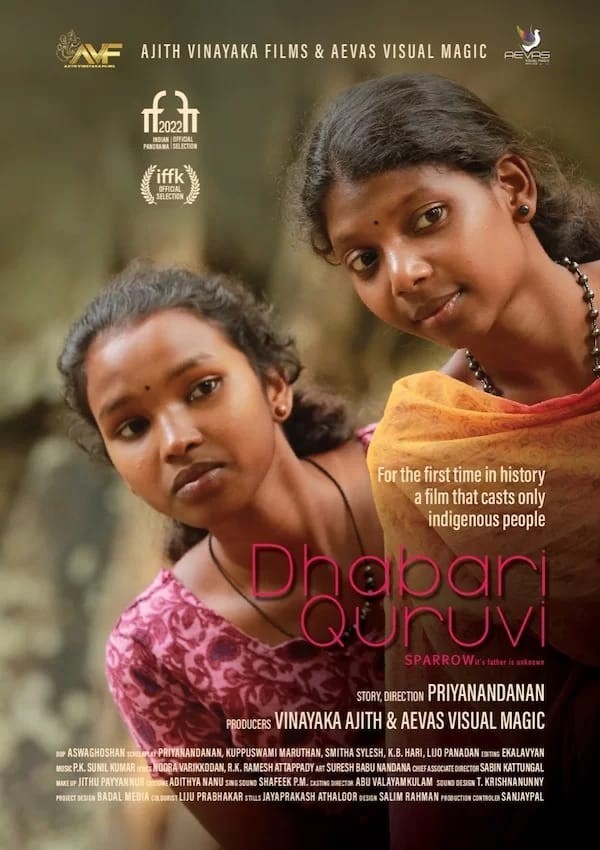
And as we traverse the cinematic landscape, “Dhabari Quruvi” (2022), directed by Aditya Vikram Sengupta, casts its mesmerizing spell. This film, shot entirely in the Kodava language, ventures into the indigenous communities of Coorg in Karnataka. With its lyrical narrative, it celebrates the lives, culture, and traditions of the Kodava people, painting an intimate portrait of their unique way of life.
These films, like brushstrokes on a canvas, form a vivid tapestry of indigenous representation in Indian cinema. With each frame, they invite us to walk alongside these communities, listen to their stories, and recognise the kaleidoscope of experiences that enrich the broader narrative of our nation.

